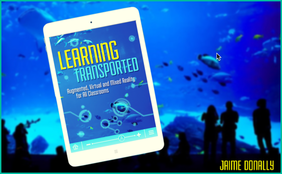
Donally also provides a collection of practical lesson plans, mapped to standards and content areas. Overall, Learning Transported is an excellent read that offers practical suggestions for how these emerging technologies can be used in support of teaching and learning.
Augmented reality (AR) “refers to an enhanced version of reality by the use of technology to overlay digital information on an image of something being viewed through a device.” A common modern example of augmented reality is Pokemon Go.
Virtual Reality (VR) means “no longer looking at our reality through our camera with a new experience layered on top, but [being] fully immersed into a digital experience without seeing our reality.” Virtual reality headsets like the Oculus Rift and the HTC Vive offer these types of experiences.
Mixed Reality (MR) “Looks very similar to augmented reality in that the view is a digital layer through your camera. Many mixed reality tools are able to link digital objects to real world objects while using our natural gestures to interact with the content.” The Microsoft Hololens is an example of mixed reality.
Personally, I believe all three of these technologies offer enormous educational potential. However, up to this point, I believe there has been more excitement surrounding the “coolness” of the technology, as opposed to looking at how it can be used in beneficial ways to support teaching and learning.
That’s why I was so happy to see Donally’s book, because she focuses entirely on the teaching and learning side, providing concrete examples for how these technologies can be used to support students.
After providing an introduction to the terms, Donally opens chapter 2 with a discussion of the educational benefits. While she does mention the typical “wow” factor which can be used to help increase student engagement, she spends the bulk of the chapter exploring other benefits. Specifically, she looks out how AR, VR, and MR can help overcome common education barriers like funding, providing access to real-world experiences, building SEL skills, and connecting learning to the ISTE standards.
Donally moves on to discuss what teachers should consider before purchasing AR, VR, or MR devices for their classroom and provides a handy comparison chart of today’s common tools. She also breaks down associated costs, and the types of infrastructure your classroom/school will need to have in place to support these types of devices.
Donally also suggests that “the best option to begin using augmented, virtual and mixed reality is to use the tools that are already in the classroom. Instead of waiting for funding and resources to play and learn with immersive technology, begin using the available tools now.” I greatly appreciate this advice, and I do think this is the best place for teachers and school to begin. Using free resources like Nearpod’s VR trips, as well as affordable VR resources like Google Cardboard, teachers can do a whole lot with very little. Starting this way gives teachers and schools a chance to find out if AR, VR, and MR are good fits before spending hundreds (if not thousands) on new tech gear.
Donally then moves on to offer specific, standards-aligned lesson ideas in chapters 5-8. She covers elementary and secondary classrooms, across all core subject areas. Donally also explores different ways to use these technologies, from content exploration, to creation and production activities, to storytelling. Each chapter covers a wealth of apps and possibilities that teachers could use in the classroom, and they are all broken down into easy-to-follow lesson plans.
One final remark, is that I appreciate how each chapter ends with a call to action in the form of a “learning transported challenge.” These challenges are things that teachers and schools can do in order to start transporting learning into these new digital and hybrid spaces.
Overall, it’s wonderful to see specific, practical, standards-aligned lessons and examples for how AR, VR, and MR can be implemented in the classroom. I think too often we get excited about new technology simply because it looks cool, and we forget that technology should really only be integrated if it’s aligned with learning goals and done so in support of student learning. Donally does an exceptional job doing exactly this, and offers a wealth of ideas, lessons, and suggestions for how these new technologies can be used to support our current and future students.
For anyone interested in exploring the potential opportunities that are available through AR, VR, and MR, I absolutely recommend checking out this new book.

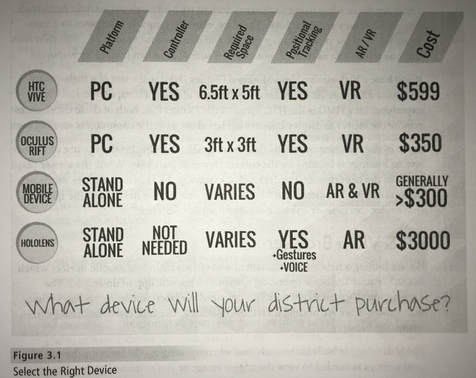
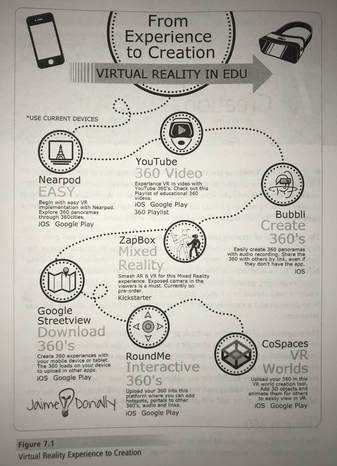







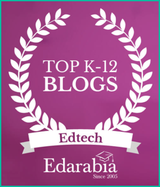
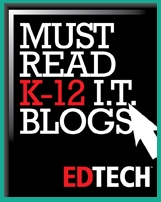
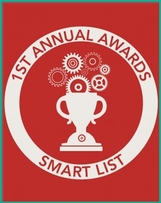
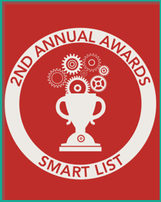
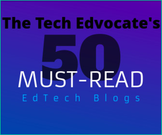
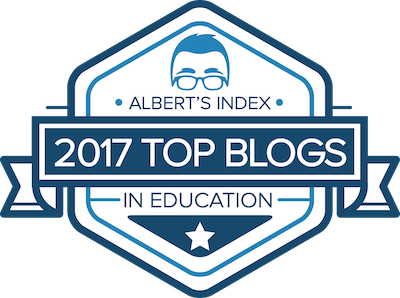
 RSS Feed
RSS Feed
